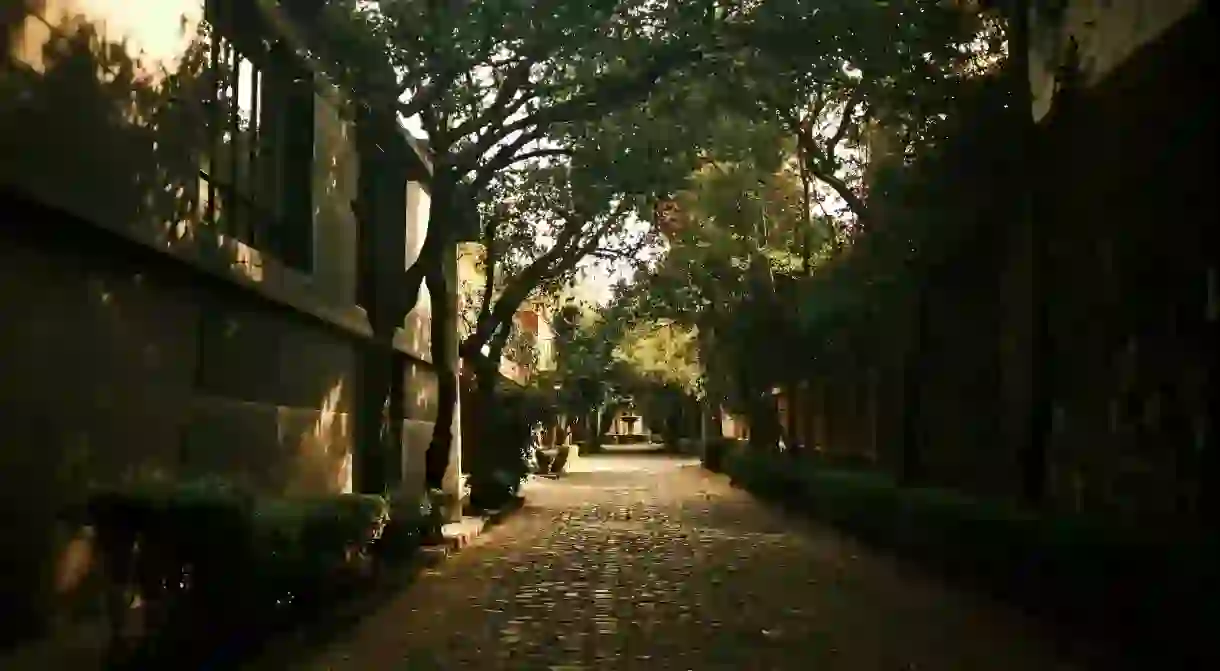The 7 Best Things to See and Do in Coyoacán, Mexico City

Coyoacán (meaning the place of coyotes in Nahuatl) is a relatively quiet neighborhood in Mexico City. Formerly a rural village, Coyoacán has become a rich pocket of art and history in the capital of Mexico. Explore the many museums, cafés, bookstores and markets of this typically Mexican neighborhood to uncover the local history. Here are the best places to start your journey.
Museo de Frida Kahlo
Museum

Coyoacán is where Frida Kahlo spent most of her life, having lived in the same house until her death in 1954. This house is known as La Casa Azul (The Blue House) and was donated by Kahlo’s husband, Diego Rivera, with the intention of making it a museum in her honor, the Museum of Frida Kahlo. Here, you will find works by Kahlo and Rivera, plus photographs, artefacts and personal items, all of which provide an insight into the life of this celebrated Mexican artist.
Museo Diego Rivera Anahuacalli
Museum, Architectural Landmark
Church and Ex-Convent of San Juan Bautista
Church, Ruins, School
Mercado de Coyoacán
Market, Mexican

Zoológico Los Coyotes
Museum, Zoo
Vivero Coyoacán
Park
Museo Nacional de las Intervenciones
Museum
The Best Trips and Tours in Mexico
Historical Landmark

Mexico is one of the most exciting countries in North America, if not the world, with its lively city streets brimming with culture, music and some of the best street food you’ll find anywhere. But it’s also a country of fascinating history and amazing natural wonders, with Aztec and Mayan temples found right next to mystical cenotes.













